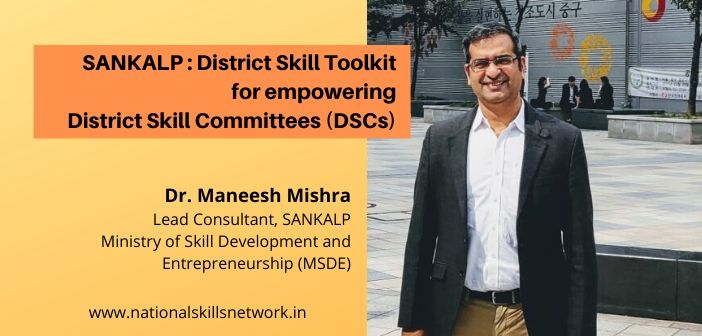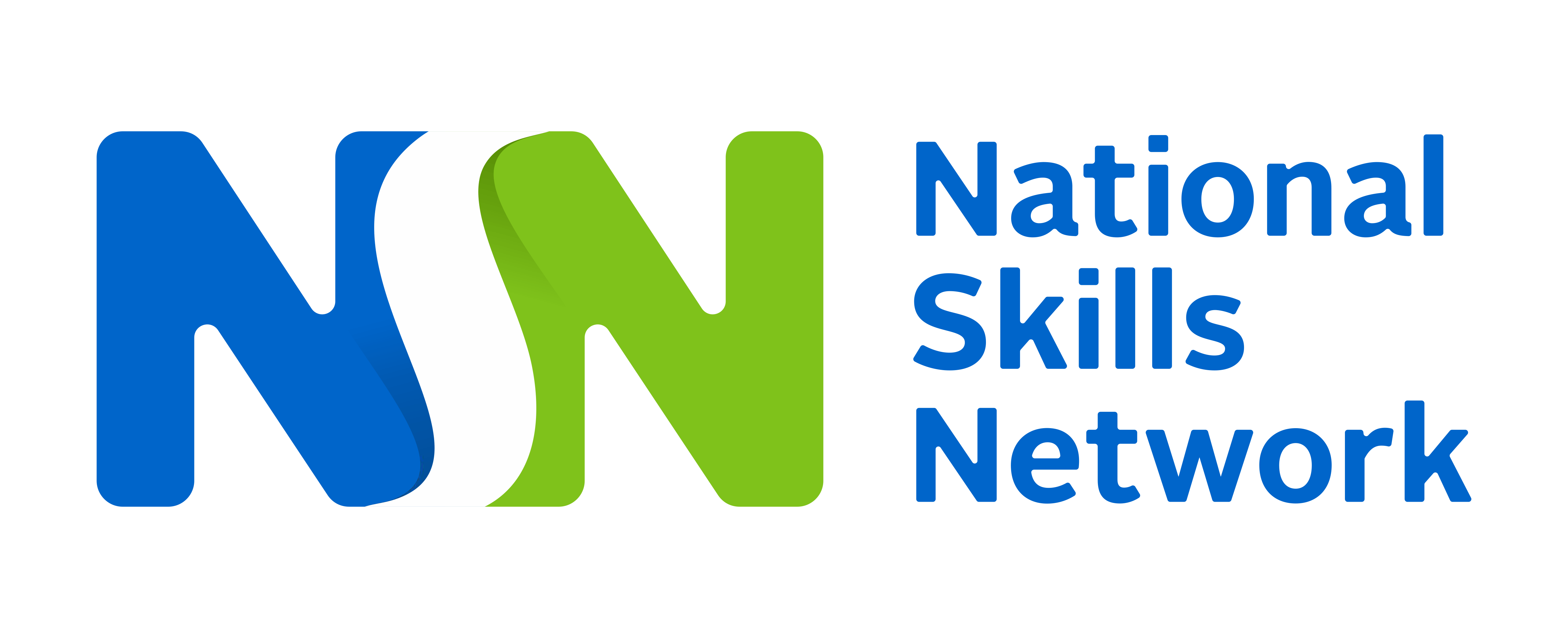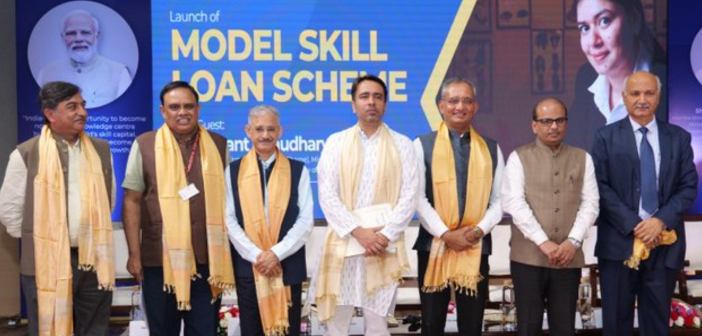In this article our guest author Dr. Maneesh Mishra, Lead Consultant, SANKALP, Ministry of Skill Development and Entrepreneurship (MSDE) takes us through the importance of District Skill Toolkit in empowering District Skill Committees (DSCs) through a standard framework. Let’s read on…
Indian skill ecosystem is characterized by a range of mismatches. They pose critical challenge to effective implementation of skill development programs. These misalignments all along the skilling value chain manifest themselves in sub-optimal outcomes from skill development efforts. Thus, reducing mismatches becomes a priority at various levels. This includes mismatches emanating from
- Awareness creation and counselling setting the expectations about job roles and placements right
- Aligning youth aspirations with their abilities and interests, course design and curriculum integration with industry needs
In other words, reducing the gap between ‘what ought to be’ and ‘what is’ the key to manage dropouts, reduce post-placement attrition and ensure the wage premium. This will also lead to a demand-driven model that is rooted in the needs of the local industry.
To address the mismatch at different levels democratization of skill governance at all levels is the need of the hour. A decentralized model of skill planning and implementation will help work on sources of the mismatch. Decentralization is the fulcrum of SANKALP program of Ministry of Skill Development and Entrepreneurship. The World Bank aided program seeks to bring about efficiency in skill development by strengthening institutions at district, state and national level. SANKALP is working on a multipronged strategy to build capacities of District Skill Committees (DSCs).
District Skill Committees (DSCs)
Since the District Skill Committees (DSCs) are mandated to do planning and skill training they need assistance and guidance in the form of a standard framework. For example, most of the districts across the country have DSCs, but are called with different names such as District Skill Development Committee, District Skill Development Authority etc. The members of these committees are District administration officials like District Employment officer, Fisheries officer, Agriculture officer, Panchayati Raj officer, Manager Lead bank, General Manager District Industries Centre etc. Members from industry and civil society organizations can also be co-opted under DSC.
The resources, capacities and governance of DSCs vary significantly across states. For example while many states have formed DSCs, for about 200 districts we don’t have concrete information of DSC constitution. Also a large number of DSCs don’t have a permanent office set up and many of these don’t even meet very regularly.
With such a variance of people at the helm, we need well-coordinated efforts in strengthening their capacity and an action plan that can ensure smooth implementation and monitoring. This is where SANKALP comes in. It has taken many steps to strengthen and standardize the functioning of DSCs. From providing Mahatma Gandhi National Fellows (MGNF), to helping them form sub-committees to encouraging them to submit proposals for programs and strengthening their linkages with state missions are all being done under SANKALP.
Also read: How SANKALP is being implemented to ensure efficiency and governance in skill development at the district level in India – visit: https://nationalskillsnetwork.in/how-sankalp-is-being-implemented-to-ensure-efficiency-and-governance-in-skill-development-at-the-district-level-in-india/

District Skill Toolkit
To reduce the mismatches and deepen the impact of skilling, we need a coherent mechanism that can us planning the activities, predicting potential discrepancies, tracking progress and measuring effectiveness. A toolkit would be of great help in facilitating, planning and monitoring of skilling programs, and evaluating the impact. A District Skill Toolkit has been conceptualized under SANKALP to this end. The District Skill toolkit has four key components viz, Indicators, Templates, Resource Library and Dashboard. Let’s learn more about them:
1.Indicators that can assess and measure gaps and provide metrics to quantify their progress.
These indicators will help in planning, setting priorities and serve as a compass to gauge progress. This will enable mid-course corrections to ensure desirable outcomes.
2.Templates that can capture and document the as-is situation and aggregate demand; analyse the gaps and create action plan.
The templates have been developed in discussion with 130 districts across 6 states and validated by MGNF across 75 districts. The templates have also borrowed from the plans and achievements of 225 districts that had participated in District Skill Plan Excellence Awards in 2018.
3.Resource Library that can guide implementation by sharing, processes, best practices, information about knowledge partners and other resources
The Resource Library will be a one-stop solution for learning from best practices and appropriate information to fill gaps, for instance in building capacity, training of trainers, availability of a pool of qualified trainers.
4. Dashboard to collate district-level statistics, analytics, monitoring progress, rating and scores
This is the first-of-its-kind dashboard that will collect information at the district level and provide a clear picture of every district in India. It will present details about the current baseline in terms of various input elements, such as whether the district is agrarian/industrial or a mix of both, its population and inherent advantages.
Systematic implementation of the toolkit will go a long way in ensuring continuity and compliance with the institutional mechanism.












